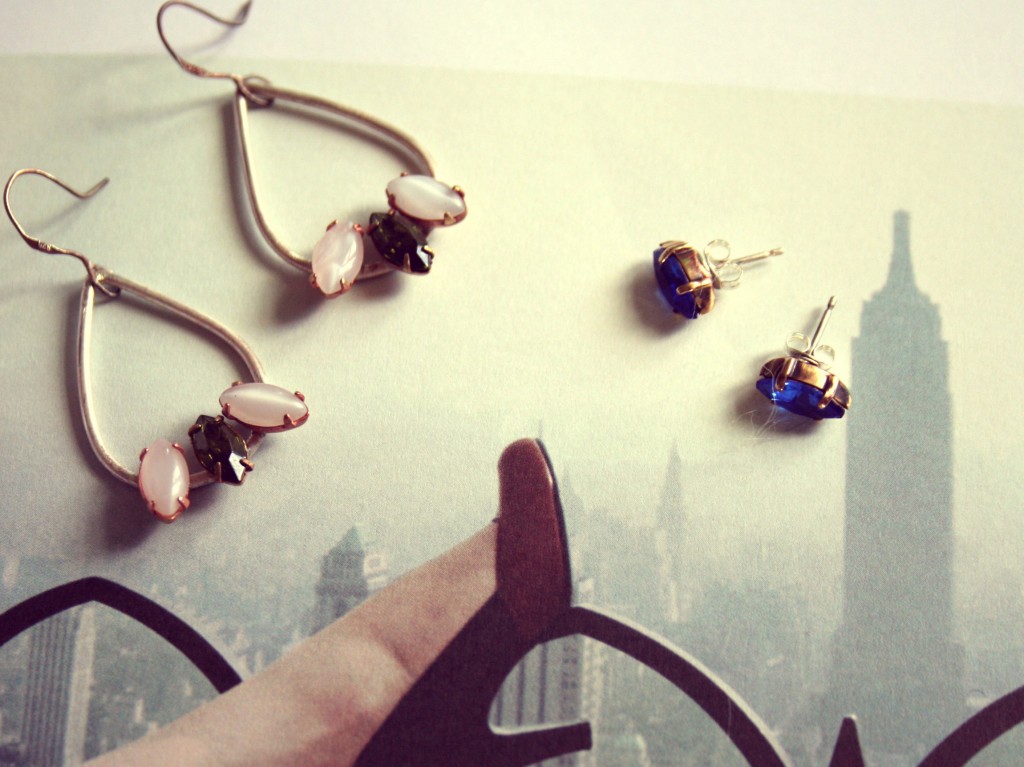YOUR GUIDE TO GEMSTONES
Gemstones are a stunning addition to any piece of jewellery, offering that sparkling, eye-catching element that you’ll love looking at for years to come. Often your preference may be on colour, but each gemstone also has a meaning and an origin that may add to your decision-making process.
We’re all familiar with birthstones which are also popular when it comes to choosing personalised jewellery, but why not learn a little bit more about your favourite gemstones and make your next necklace even more special.
Amethyst
Amethyst is the birthstone for February, but it has a lesser known origin. Said to derive from the Greek ‘amethystos’ which translates as ‘not drunken’, this gemstone can supposedly stop you from suffering the effects of too much alcohol! In the early Christian church, it was believed to have sobering properties.
Amethyst has traditionally been associated with purity and is favoured by royalty, as purple has always been considered a regal colour. Legend has it that amethyst can provide patience and calmness, attracting strength and protection from evil.
Citrine
Citrine is known as the gemstone of happiness and has a yellow-gold colour. It was first used in jewellery in Greece around the 4th century BC. The legend surrounding citrine is that it can help to remove toxins from the body and can be useful in the treatment of illnesses like depression.
Those who work with crystal healing believe that citrine can promote personal clarity and creativity.
Emerald
Emeralds were being mined as early as 1300BC in Egypt and it is a gemstone steeped in superstition. Emeralds supposedly symbolise immortality and faith, as well as protecting love.
Ancient civilisations associated emeralds with the Greek goddess of love and beauty, Venus. It is a gemstone that has fascinated people for over six thousand years, worshipped by many different groups of people over the centuries. Emerald is one of the four ‘precious’ gemstones alongside diamond, ruby and sapphire.
Moonstone
The moonstone has been associated with moon goddesses through the years and is said to strengthen feminine energies. It is often said to be the symbol of fertility too. With its dreamy, ethereal appearance, it is a popular stone for eye-catching jewellery.
Moonstone was believed to bring about the reunion of lovers in the 11th century, and it was a sacred gemstone in ancient India. It is more popularly used for soothing and calming energies; a master healer for women.
Sapphire
Sapphire is an incredibly popular and beautiful gemstone; the ancient Persians believed that Earth itself rested on a sapphire, with its reflection creating the colour of the sky. Sapphires were worn throughout the years by royalty as it was believed they were a symbol of good fortune and wisdom.
Next to diamond, sapphire is the hardest mineral on earth and it is one of the most popular gemstones for an engagement ring; much like the 12 carat ring that belonged to Princess Diana and now Kate Middleton, the Duchess of Cambridge.
Tanzanite
Tanzanite is a relatively new gemstone, having been discovered in 1967. It is found almost entirely in Tanzania, and legend goes that Masai cattle herders found it after they noticed brown crystals had been turned blue after being exposed to intense heat.
It is said that tanzanite can help to increase spiritual awareness. It is the most popular coloured gemstone after sapphire, with a blue, violet or grey appearance depending on what angle it is viewed at.





